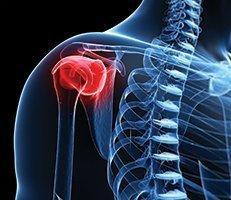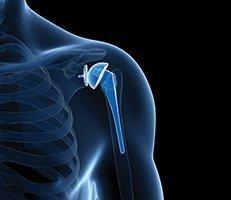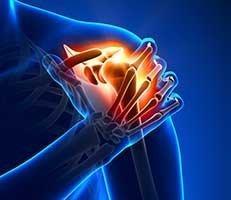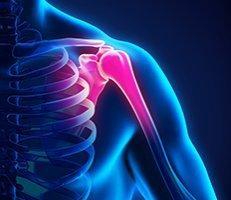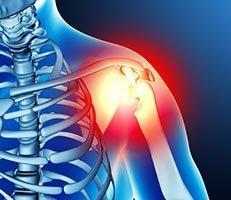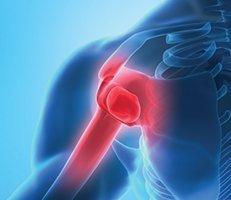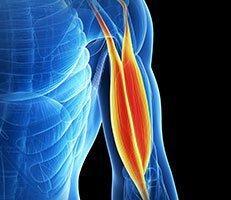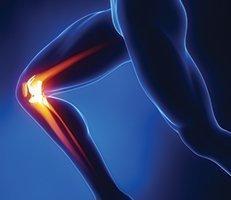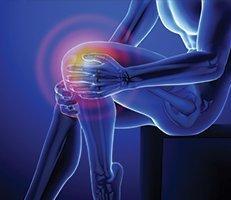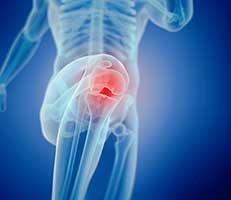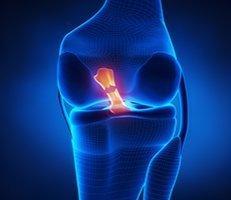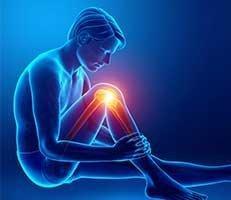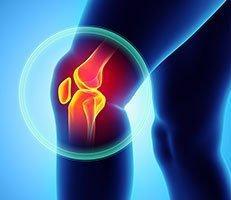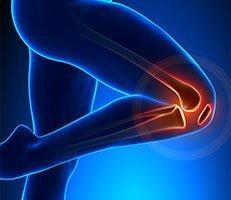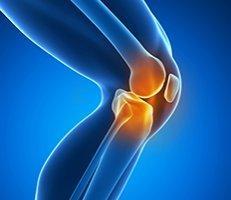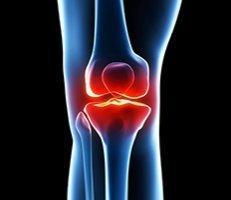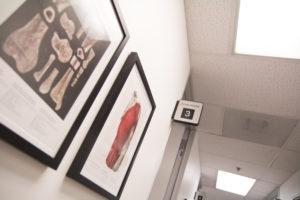
A successful orthopedic surgery usually marks the beginning of the rehabilitation period with a physical therapist. Rehabilitation requires a carefully planned program of therapy and exercise to regain range of motion and resume normal activities.
Rehabilitation plans are as aggressive as possible without risking injury or damage. In most cases, physical therapy will be initiated within 24 hours of the procedure and may continue for up to three months following surgery. The length of time that a patient may require rehabilitative care depends on a number of factors, like the severity of the injury and the patient’s work demands. If the patient is reluctant to build strength and motion, rehabilitation can take time and might jeopardize the patient’s ability to fully recover.
Rehabilitation and therapy can be a painful process as the injured area has weakened from the injury and the surgery. But with specific strength-building exercises the injured site will strengthen and the pain lessen. The long-term goal with rehabilitation therapy sessions is to provide the patient with enough range of motion and strength to be able to complete tasks independently.
Usually, you will begin working with a physical therapist the first day after surgery. Your surgeon and physical therapist will discuss the rehabilitation process with you, and come up with an individualized plan that fits your needs. Physical therapists use a variety of different modalities to restore proper physical functioning. Some of the most common rehabilitation protocols include:
Stretching Exercises
There are countless stretching and flexibility exercises a physical therapist will use in order to help an athlete gain appropriate mobility and range of motion.
Strengthening Exercises
With many injuries, the cause is multi-faceted, and a skilled therapist will stretch tight tissues and strengthen weak muscles in a way to develop proper biomechanics throughout the body.
Cold and Heat Therapy
Heat therapy is used to relax tight muscles, reduce muscle tension and pain, and increase blood flow and circulation to help heal a chronic injury. Cold therapy is often used to help reduce inflammation, swelling, and pain from acute injuries.
Ultrasound
Ultrasound treatments for injuries utilize either high or low frequency sound waves to stimulate the soft tissues and provide deep tissue warming.
Electrical Stimulation
Electrical stimulation is a common physical therapy treatment that helps tissues heal.
Massage Therapy
Massage therapy provides a hands-on manipulation of the soft tissues of the body in order to help heal injured soft tissues by increasing circulation, breaking down or preventing scar tissue adhesion, reducing pain and muscle tension, and reducing overall stress.
Recovering from orthopedic surgery can be difficult, and sometimes requires a team of physicians and professionals that are well versed in the individual needs and requirements of orthopedic procedures. This can be the difference between making a full recovery and falling short.
Watch Videos With Our Physical Therapists
If you want to maximize your results, check out our list of Physical Therapy Referrals.

